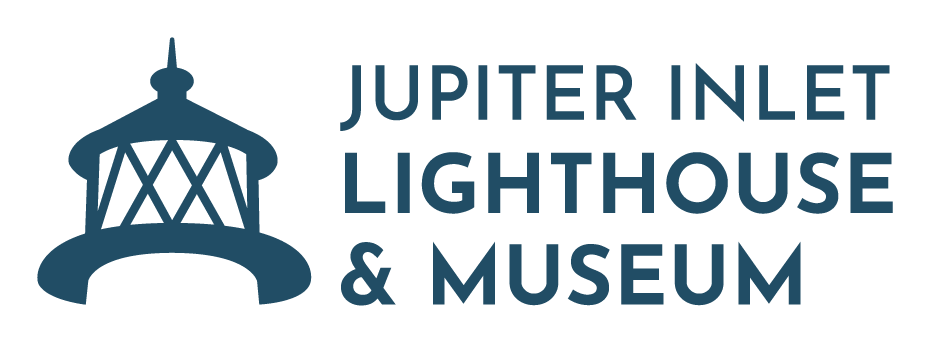World War II & Secret Station J
Close to the Action
While Jupiter and Station J may have seemed far from the front lines of World War II, they were, in fact, very close to the action. Merchant ships carrying war supplies and fuel, especially those which left Texas and New Orleans, traveled near this coast, where German submarines and their unending torpedoes lay in wait. The first half of 1942 was especially dangerous. In February, two ships were sunk off Jupiter Inlet: the S.S. Republic and the S.S. W.D. Anderson, killing at least 40 men. Many other ships were sunk or damaged near Florida, in the Gulf of Mexico, and in the Caribbean. Clearly, something had to be done.
The History of Secret Station J
That something was Station J, a secret operation using top-secret high-frequency direction-finding (HF/DF, “Huff Duff”) designed to intercept U-boat radio messages and tip-off U.S. forces to attack enemy vessels. With radio receivers tuned to the frequencies used by the U-boats, Station J was able to pinpoint the names and locations of the submarines, which would surface every night to charge their batteries and send reports back to Germany. Station J transmitted this information to Gulf Sea Frontier Tactical Net Stations and Atlantic Strategic Net. As a result, the U-boats were caught on the surface by US aircraft that seemed to appear from nowhere. These attacks caused enough damage to end the German dominance of the Atlantic.
At the Peak
With the expanded presence required by World War II, the 12-acre Station J reached its peak in 1943 when the Navy’s operation had 95 men on this site, plus 11 Marines who stood guard. The station included an operations building with 24 radio receivers; two barracks buildings; a mess, administration and recreation hall; an emergency power house; a garage and workshop; a dispensary; a service store; tennis and volleyball courts, a house for the commanding officer; and quarters for the families of six married men, today the Museum.
A 1943 description of the station, contained in a classified naval report, noted that “climatic conditions are best during the late fall, winter and early spring.” “During the hot summer months,” the report said, “the humidity is quite high; and horseflies, sand flies and mosquitoes arrive in full force.”
Jupiter was very small town at the time, with only about 800 people living in the area. At the end of the war in 1945, the Navy transferred Station J to the Coast Guard and it was discontinued entirely around 1948, replaced by a Coast Guard Radio Station Richmond near Miami.
Many of the servicemen stationed here married local women and moved back after the war to start local businesses and found the community that exists today.

The Jupiter Inlet Lighthouse & Museum is operated by the Loxahatchee River Historical Society, managing partner in the Jupiter Inlet Lighthouse Outstanding Natural Area.
Sign Up For Our Email Newsletter
© Jupiter Inlet Lighthouse & Museum | 500 Captain Armour's Way, Jupiter, FL 33469
